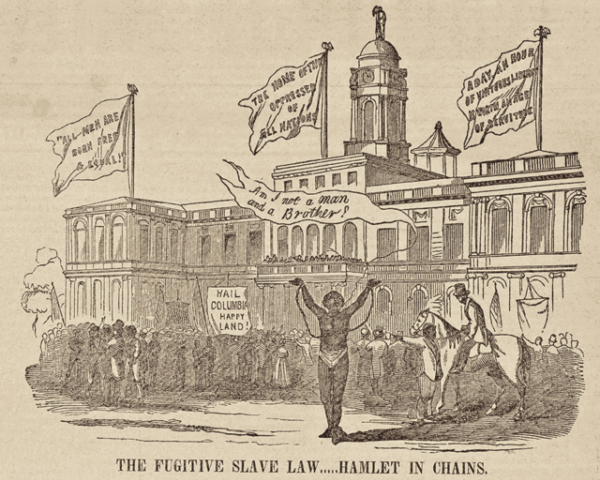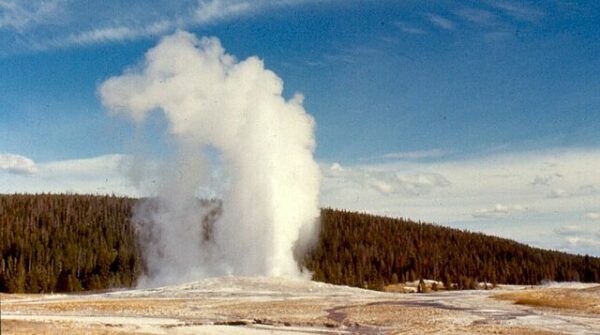On November 12, 1927, Leon Trotsky, a towering figure of the Russian Revolution and a former close ally of Vladimir Lenin, was expelled from the Soviet Communist Party. This moment marked a pivotal shift in Soviet politics, consolidating Joseph Stalin’s undisputed control over the Soviet Union and paving the way for a totalitarian regime that would define the next three decades of Soviet history.
Trotsky’s expulsion was the culmination of a fierce and complex power struggle within the Communist Party following Lenin’s death in 1924. Although Trotsky had played a crucial role in the Bolshevik Revolution of 1917 and was instrumental in organizing the Red Army during the Russian Civil War, his vision of the Soviet Union differed sharply from Stalin’s. Trotsky advocated for “permanent revolution,” which promoted the spread of communism internationally and aimed to foster solidarity among proletariats worldwide. He believed that the success of the Soviet state depended on the support of revolutionary movements across Europe, especially in industrialized nations, as a safeguard against foreign capitalist powers.
Stalin, in contrast, advanced the policy of “socialism in one country,” a doctrine that prioritized strengthening socialism within the Soviet Union itself before attempting to export revolution. Stalin’s focus on internal stability and development struck a chord with a significant portion of the Communist Party, particularly as the young Soviet Union grappled with economic hardships and the threat of foreign intervention. Stalin’s ideas resonated with those who believed the Soviet Union should consolidate its gains before overextending itself internationally. This philosophical division between Trotsky and Stalin provided fertile ground for a broader ideological conflict, drawing in many other key figures within the party and sparking a bitter factional divide.
In the mid-1920s, Trotsky found himself increasingly isolated within the Communist Party as Stalin maneuvered to strengthen his own position. Stalin skillfully forged alliances with prominent party leaders, including Grigory Zinoviev and Lev Kamenev, both of whom had initially opposed Lenin’s call for an insurrection in 1917. This “Triumvirate” worked to undermine Trotsky’s influence by portraying him as a threat to party unity. They accused Trotsky of fostering “factionalism” and alleged that his internationalist stance would jeopardize the stability of the young Soviet state.
Stalin’s relentless political maneuvering proved effective. Trotsky was gradually removed from his powerful roles in government, first being ousted from his position as People’s Commissar of Military and Naval Affairs and later from the Politburo. Meanwhile, Stalin continued to consolidate his grip on the party apparatus, embedding loyalists in key positions and eliminating rivals.
The final blow came in 1927 when Trotsky, along with his ally Grigory Zinoviev, openly criticized Stalin’s leadership and attempted to rally opposition within the party. This dissent was met with swift retribution. At a party congress in November, Stalin moved decisively, calling for Trotsky’s expulsion from the Communist Party. The decision was presented as a necessity to preserve party unity and protect the Soviet Union from perceived threats posed by Trotsky’s “deviationist” policies.
With Trotsky’s expulsion, Stalin stood unchallenged at the helm of the Soviet Union. The removal of such a high-profile revolutionary was a stark warning to others who might contemplate dissent. Within a year, Trotsky would be exiled from the Soviet Union altogether, eventually finding refuge in Mexico. Even in exile, he continued to criticize Stalin’s regime, condemning the bureaucratization of the Soviet state and the repression of socialist ideals. His writings and speeches resonated with a small but dedicated group of international followers, inspiring the formation of the Fourth International as an alternative to Stalinist communism.
Tragically, Trotsky’s relentless criticism made him a marked man. In 1940, he was assassinated in Mexico by an agent of the Soviet NKVD, a brutal final act in Stalin’s campaign to eliminate his political enemies. Trotsky’s expulsion marked not only the beginning of Stalin’s absolute rule but also the end of a period of ideological debate within the Soviet Union.






